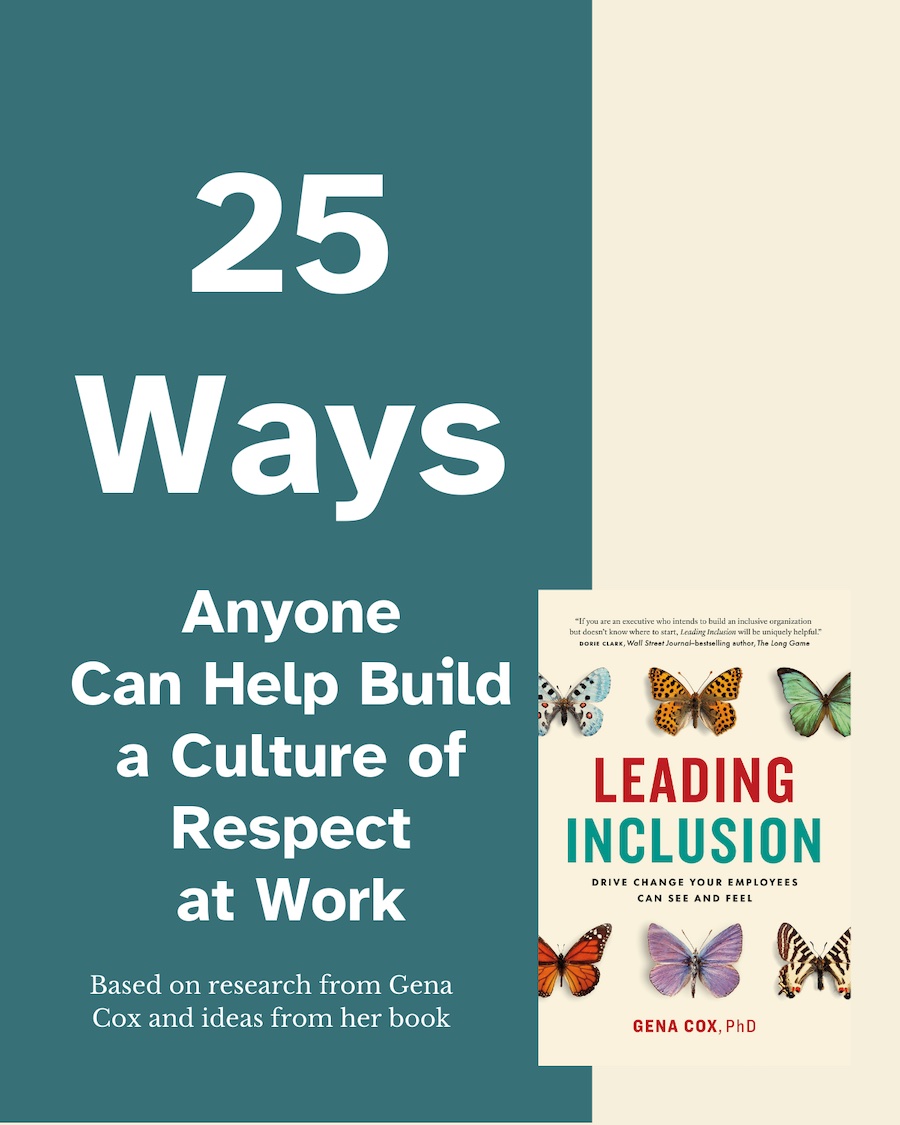How do diversity and inclusion impact the customer experience, and how are companies responding?

Since George Floyd’s death, brands are realizing that their advertising product and service design and marketing should consider all the ways Americans vary. Previously, these two aspects of business operations seemed mostly focused on the needs of White Americans.
How are businesses improving their DEI practices to improve the customer journey?
One clear and persistent example of this is BandAids, which persisted in calling their bandages “flesh tone” for many years. Their primary product is still more matched to a white skin tone, but they launched OurTone in 2021 to be more inclusive:
But it is not just physical products that are changing, the financial services sector is realizing that many of their lending practices have been predatory and exclusionary for people of color, especially Black Americans – Some firms, including JPMC, have responded by launching comprehensive plans to alleviate this challenge.
These are two examples where companies are realizing that all Americans have money to spend and can choose where to take that money. Customers are less likely to do business with a company whose products and services are not tailored to meet their needs or who feel disrespected as the services are delivered.
Technology is being redesigned to meet the needs of people whose brains process information in ways that had not been considered when the products were initially built. LinkedIn is an example of a widely used technology where provisions have been made for those whose sight is impaired or who may not be able to use their hands to type. These kinds of explicit changes are becoming commonplace but did not exist a few years ago.
All of these insights and challenges are being driven by the fact that people of color and other minoritized groups are more vocal about their expectations and are willing to start movements via social media to let all Americans know when they see a problem.















